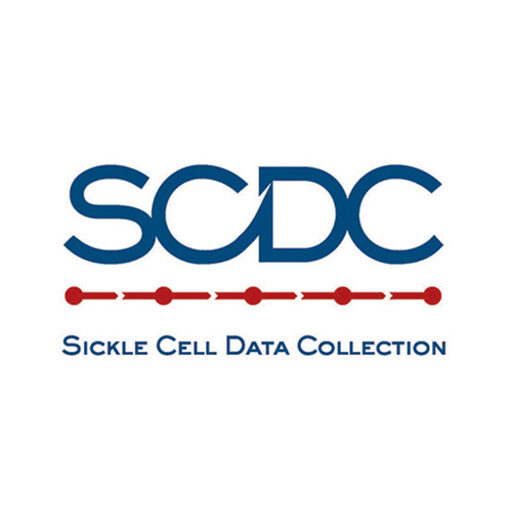The Data
Our Research
The Sickle Cell Data Collection (SCDC) program gathers comprehensive data from 16 states, including Tennessee, with funding from the Centers for Disease Control and Prevention (CDC). The program’s primary objective is to deepen our understanding of sickle cell disease (SCD). It aims to identify who is affected, examine the impact on individuals, assess current interventions, and explore opportunities for further action to improve outcomes for those living with SCD.
Our team of researchers plays a vital role in analyzing this data and conducting cutting-edge research to contribute valuable insights to the field. We regularly publish articles that shed light on the disease’s epidemiology, its effects on patients, and potential advancements in treatment and care. These publications not only inform public health strategies but also guide future research and policy decisions aimed at enhancing the quality of life for individuals with SCD. Look below to view our highlighted articles, and scroll down to explore a comprehensive list of our other published research.
Descriptive epidemiology of sickle cell disease in Tennessee: population-based estimates from 2008 to 2019
Authors: Allison Plaxco, Jane S. Hankins, Robert Davis . . . & Matthew Smeltzer
This article provides a population-based study on the descriptive epidemiology of sickle cell disease (SCD) in Tennessee from 2008 to 2019. It offers key insights into SCD incidence, prevalence, and survival rates, highlighting disparities in care and health outcomes. The study emphasizes the importance of early detection and comprehensive care models to improve patient outcomes, especially in underserved populations. These findings are crucial for informing healthcare policies and resource allocation for SCD management in the region.
Additionally, the research highlights significant challenges that individuals with SCD face, such as barriers to accessing specialized care and the burden of managing chronic complications associated with the disease. The study advocates for more robust healthcare infrastructure, increased public awareness, and policy changes that prioritize SCD management, particularly in underserved communities. By addressing these systemic issues, healthcare providers and policymakers can work together to reduce healthcare disparities, improve clinical outcomes, and extend the life expectancy of those living with SCD in Tennessee.
For more details, visit the article here
Birth Prevalence of sickle cell disease and County-Level Social Vulnerability — Sickle Cell Data Collection Program, 11 States, 2016–2020
Authors: Mariam Kayle, Audrey Blewer, Wei Pan . . . Mary Hulihan
This article presents a detailed examination of the birth prevalence of sickle cell disease (SCD) across 11 U.S. states from 2016 to 2020, uncovering a total of 3,305 documented cases, predominantly among non-Hispanic Black newborns. This finding highlights the concerning racial disparities that exist in SCD prevalence and emphasizes the urgent need for systematic approaches to ensure early diagnosis and comprehensive treatment options, which are crucial for enhancing patient outcomes and overall quality of life for those affected by SCD.
Additionally, the study explores the significant relationship between SCD rates and social vulnerability at the county level, revealing that communities with higher levels of social vulnerability face disproportionately higher incidences of this genetic disorder. This insight underscores the necessity for targeted public health initiatives that focus on at-risk populations, aiming to alleviate the impacts of social determinants of health and address underlying healthcare disparities.
For more insights and detailed findings, please visit here
Three Wishes for Sickle Cell Disease: Results from a multi-stakeholder vision-casting project in Tennessee
Authors: Smeltzer MP, Hodges TP, Whartenby J, Hankins JS, Davis R, Cooper WO
A 2021 Tennessee study highlighted three priorities for improving sickle cell disease care: better healthcare access, increased community awareness, and stronger policy support. Click here to read more.
Hydroxyurea Use After Transitions of Care Among Young Adults With Sickle Cell Disease and Tennessee Medicaid Insurance
Authours:Mathias JG, Nolan VG, Klesges LM, Badawy SM, Cooper WO, Hankins JS, Smeltzer MP.
A study highlighted decreased hydroxyurea use among young adults with sickle cell disease after transitioning from pediatric to adult care in Tennessee Medicaid. Click here to Read More
